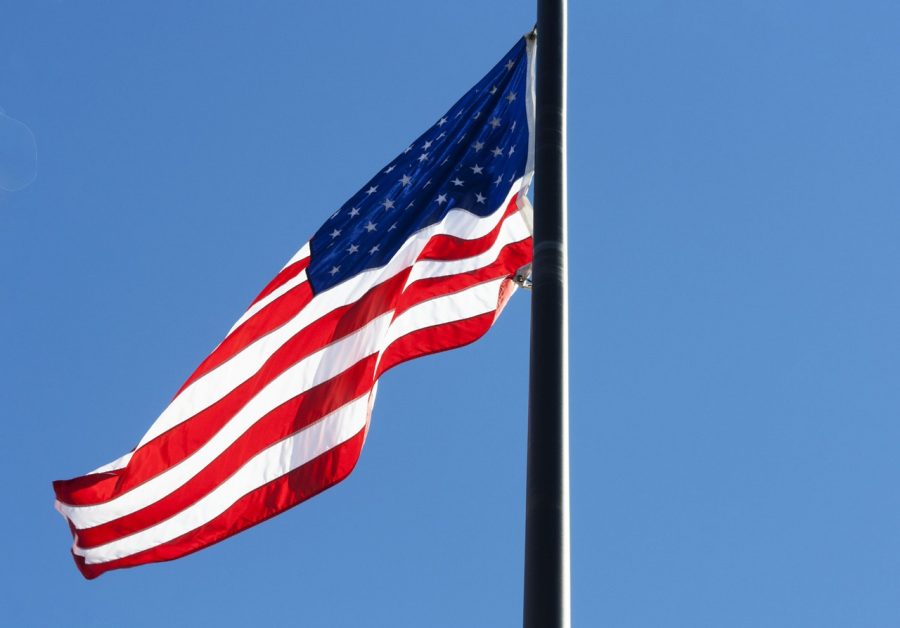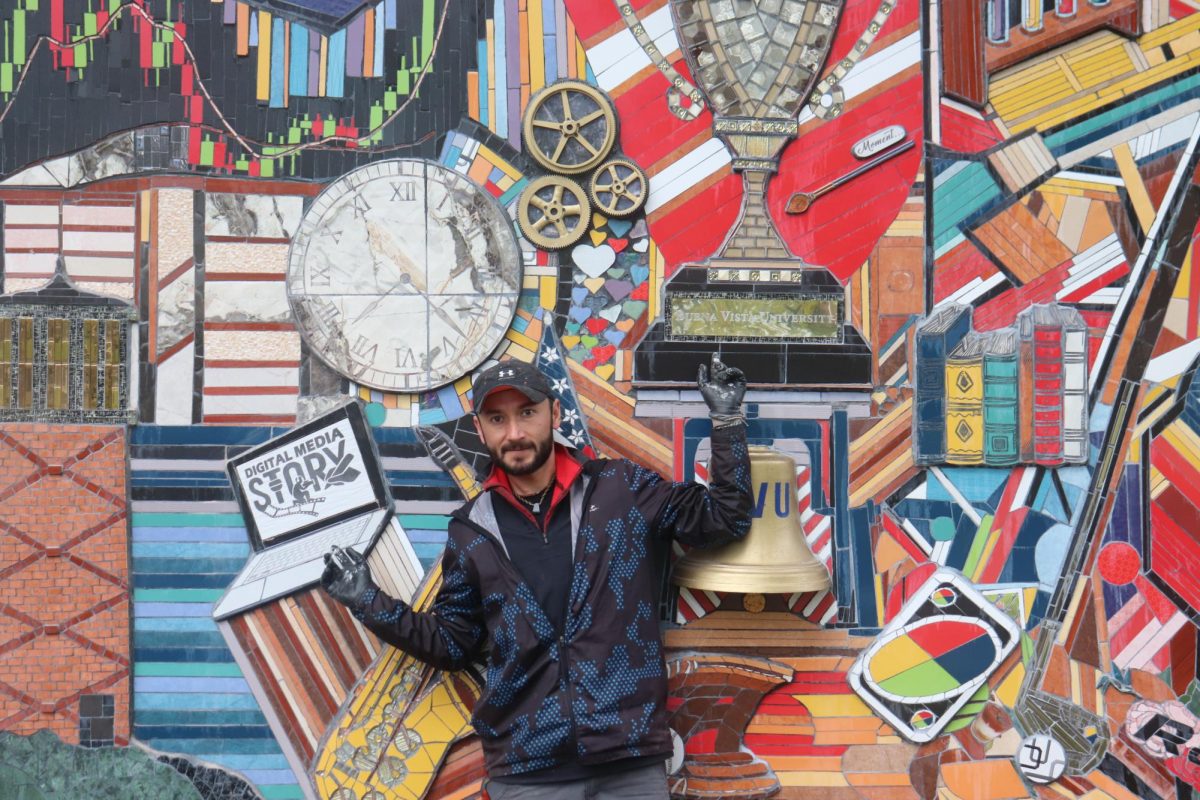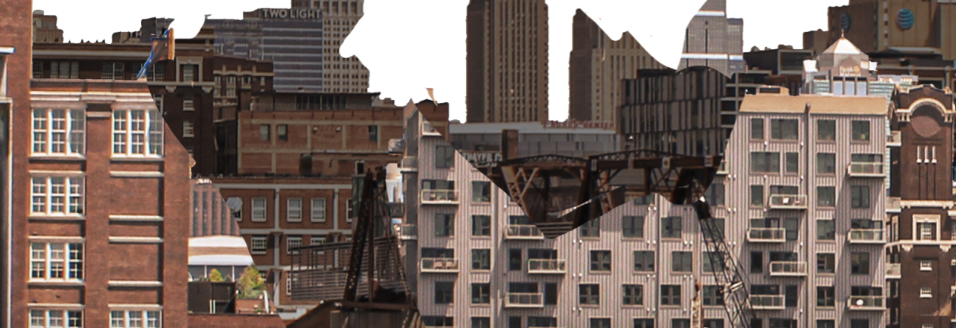Flags at Half-Mast
November 15, 2017
A few days ago, I was coming home from a trip with my aunt. During the trip we had spent very little time online. It was nice to take a break from social media. On the drive back, she called her husband and at the end of the conversation she asked him to lower the flag in their front yard to half-mast. This was in response to the shooting in Texas on Sunday. I’d seen the story, in passing, during one of my brief glances at my phone, but hadn’t clicked on it. The headline had summed it up; gunman kills 26. I didn’t need to know any more to feel sad or disappointed. We kept driving and now I was noticing the other half-mast flags. When I got back to campus, the flag here was down too. I know it shows respect for the fallen, but as I’m looking at these lapping pieces of fabric, deflated by their lowered place on the pole, I can’t help but pause. How many flags had I missed seeing before my aunt’s phone call and when did this become so normal to see?
When did lowering the flag every other month and sometimes every other week become so mundane? When I was a kid, I used to notice every time the flag was down. Often, I wouldn’t know the reason, as most of my childhood was pre-social media and instant news, but the action stood out, and I would ask why? Then, it was often for fallen soldiers, rather than fallen civilians, who would arrive stateside in flag draped coffins from a war or conflict that was defined. We knew who we were fighting and when, or at least it felt that way. Now it feels as if we’re in a war that we never meant to sign up for and its taking place not only among our soldiers overseas, but in the civilian populations.
It’s a war on our society, within our society, waged on all sides. There is no declaration of intent, no terms for peace, no clear enemy, because the enemy is situational. So how do you fight an undefined war, with undefined enemies? Every incident is different. One person was radicalized by religious ideology, one person suffered from post-traumatic stress disorder, another person felt slighted by an industry, and yet another adopted racist ideas to justify their warped world view. Some are white, some are black, some Muslim, and some are Christian. There is no easy defining characteristics to call out or to assign blame. So instead we tried a label, Terrorist. But much like the flags at half-mast, terrorism now occurs so often the word has become abstract. The horror is real for the victims, endlessly so, but for the rest of us, we tweet and pray, rally, and donate, and then…nothing changes. We move on and it happens again; while we return to our jobs on Monday a little less enamored and numb within ourselves.
Some who are discontent with this will try to claim the weapon is the cause, that something we have created and forged is to blame. Others who draw pieces of their identities from that weapon, will defend it. They will suggest more force and harsher punishments, for people who often kill themselves before handcuffs, much less a trial, can be considered. Endless conversations about abstract words and possessed weapons, all while more people die and flags that once floated high as a symbol of resistance, now hang low under the weight of fallen friends.
This all sounds pretty grim. Something the media would no doubt report, but the thing about the news and media is that it’s a reflection of us, of our world. We can avoid the mirror as much as possible, a weekend away for example, but the truth will still be there as long as the problems persist. Eventually everyone has to look at it. What really struck me about all this, driving home from a great weekend was how insane this all is. How we see these hard, all or nothing, lines that divide sides of an argument. For or against. But for or against what? To what purpose? Maybe it’s not a question of pro or con, left or right, all or nothing. Perhaps the flags are at half-mast, because it’s a question of duty, to ourselves, to society. Perhaps the insanity in which we now find ourselves is the answer, and the wars we never meant to sign up for are symptoms of that illness not being treated appropriately. Flags at half-mast are a sign of respect, but couldn’t they also be a sign of understanding and change?






